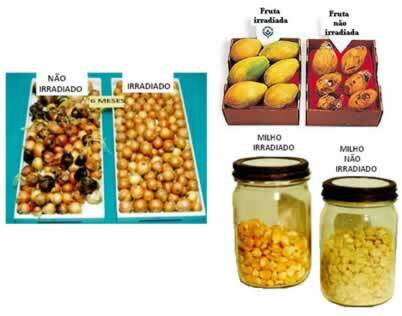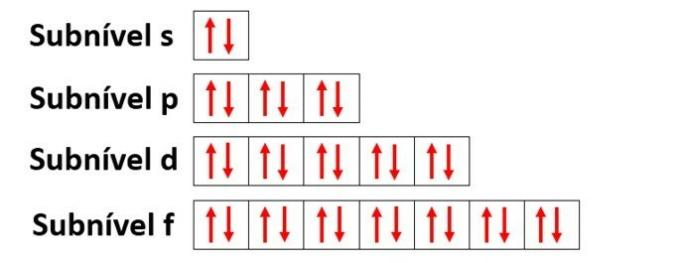THE radioactivity has been used in agriculture in several ways, one of which is in food preservation. The irradiation of fruits, vegetables, cereals, seafood, among others, reduces the amount of fungi and bacteria, thus increasing their shelf life. This is because the multiplication of these microorganisms is one of the main causes of food rot.
Food is normally irradiated by gamma and beta rays of radioactive elements, mainly cobalt 60; in addition to suffering ionizing radiation from X-rays and accelerated electrons. Food is usually exposed to this radiation source, but without having direct contact with this element. Furthermore, this radiation is controlled, that is, it takes place for a pre-set time and with well-defined objectives.
For example, if the food is subjected to radiation from 200,000 to 500,000 rad, pasteurization of the food occurs, or that is, it will have more shelf life, but as long as it is stored in special packaging or in lows temperatures. However, if this radiation is greater, between 2 and 4 million rad, what is called sterilization occurs, and the food can be preserved for longer even at room temperature.
To cite just two examples, an irradiated potato can last up to a year without rotting or sprouting, and a fish can also be preserved for more than nine months; all this at room temperature!

Another factor that increases their shelf life is that radiation can change the molecular structure of fruits and vegetables and inhibit their maturation by altering physiological processes in plants.
Do not stop now... There's more after the advertising ;)
This treatment has been effective and is adopted in numerous countries, including Brazil, because although there are other means of conservation, such as thermal pasteurization and refrigerated preservation, some foods (such as meat, fish, seafood, poultry, etc.) cannot be subjected to these treatments. Thus, the irradiation of these foods becomes a good alternative.

Another benefit is the fact that these foods remain preserved even in aggressive places in terms of temperature, salinity, humidity and other factors they pass through. especially the crew of ships that spend several days at sea, in addition to the fact that if they sink these foods they will have a longer lifespan, being able to feed them and save Your lives. The same applies to soldiers from the Army, Navy or Air Force.
A negative point seen so far is that the flavor and aroma of the food undergo some changes.
Milk and its derivatives, in addition to very fatty foods, cannot be irradiated, as they undergo oxidation reactions and become rancid.
Another use of radiation in agriculture is in determining the uptake of fertilizers by plants. For example, P-32 is used as a radiotracer, detecting which parts of the plant used the nutrient. There is also the use of radioactivity in insect control and authenticity verification. For example, the determination of the stable carbon 13 isotope ratio is used to verify if the honey is really pure or if it has been adulterated with corn syrup or sugar cane.
By Jennifer Fogaça
Graduated in Chemistry
Would you like to reference this text in a school or academic work? Look:
FOGAÇA, Jennifer Rocha Vargas. "Radioactivity in Food and Agriculture"; Brazil School. Available in: https://brasilescola.uol.com.br/quimica/radioatividade-nos-alimentos-na-agricultura.htm. Accessed on June 27, 2021.



